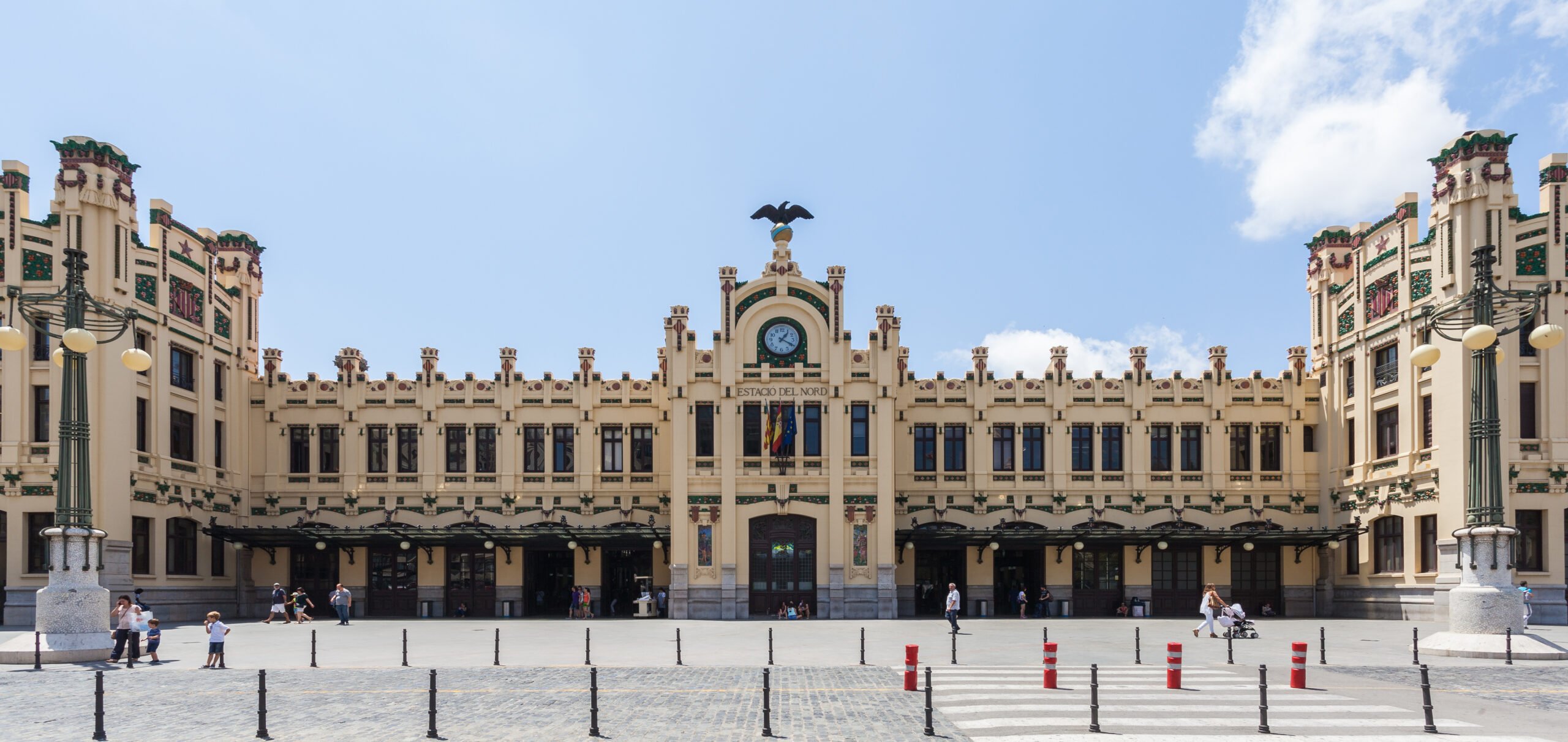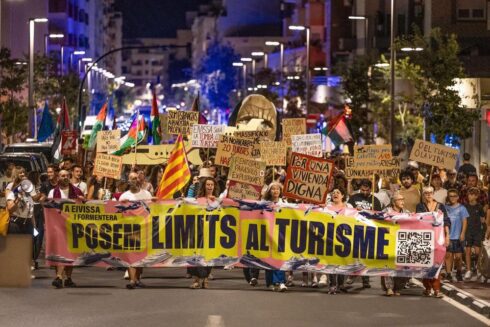SPAIN, with more than 15,000 kilometres of railway network and more than 200 stations spread across the country, is home to terminals that are authentic architectural works of art.
Travelling by train has a certain kind of charm, and besides the journey itself that takes you through many different landscapes, train stations can be true works of art as well.
Some are still active, others have been converted into hotels or something else.
But what is certain is that they are all worth a visit, eldiario has put together a list of seven of the most beautiful train stations in Spain.

7. The old station of Almeria
We start off the list with the old station in the Andalucian city of Almeria.
Designed by a French architect at the end of the 19th century, the building stands as a great example of the iron and glass blend architecture that was popular during the Industrial Revolution.
The building was damaged in a Nazi bombing raid in 1937, during the Spanish Civil War, but rebuilt back to its former glory.
The station has been defunct since the coming of the 21st century, but there are plans to transform the building into an event hall.

6. The station of Zamora
Located in the autonomous community of Castilla y Leon, the neo-plateresque station of Zamora stands out, with its four towers, coats of arms and its central clock.
Although it was designed in 1927, the building wasn’t completed until 1958, the Spanish Civil War slowed down much of the construction.
The station played a crucial role in the post-war economic recovery, facilitating the transport of essential goods and the movement of people at a time when other forms of transport were limited.
In addition, the station building became an architectural emblem of Zamora, representing the rebirth of the railway infrastructure after years of conflict.

5. Valencia’s Estacio del nord
Opened in 1917, Valencia’s main station is an icon of Valencian modernism.
The building fascinates with its façade adorned throughout with motifs inspired by local agriculture, such as oranges and flowers.
As the main station of Valencia, it receives around 15 million passengers every year.
Due to its architectural characteristics and ornamental attributes, it was declared a Historic-Artistic Monument in 1961 and an Asset of Cultural Interest in 1983.

4. Concordia station in Bilbao
The Concordia station in Bilbao is a jewel of Basque modernism with colourful stained glass windows and ceramic decorations throughout.
Opened in 1902, the station serves as a terminus for several narrow-gauge railway services in the area.
Narrow-gauge tracks were laid down due to the region’s difficult topography.
After the construction of the high speed line Basque Y is finished, the neighbouring Bilbao-Abando station will be renovated to accommodate all railway services starting in Abando, which will include the narrow-gauge services currently starting at this station.
Bilbao-Concordia will cease to serve as a railway station after then, and its future use is still unclear.

3. Canfranc station
For decades it was considered the most spectacular international station in Europe.
Built in 1928 in the middle of the Pyrenee mountains, Canfranc was a key railway link between Spain and France.
This came to an abrupt end in 1970 when a train derailment damaged an important bridge in France.
With only minimal services over five decades, Canfranc station experienced a major decline and neglect, resulting in much of the site becoming derelict.
As of 2024, the site has been reborn as a luxury hotel, with the original platforms and façade still preserved.

2. Estacio de França in Barcelona
Barcelona’s França station is a monumental terminal station equipped with a large metal structure in modernist style.
Its curved iron structure and marble lobby evoke the splendour of the past, and its noucentista-style façade impresses everyone who walks through its doors.
Despite its monumentality, its condition as a terminal station with the connection problems that this entails has been diverting traffic to other more modern and pass-through stations.
Although its use is more limited nowadays, it’s still an important place in Barcelona’s urban history.

1. Atocha station in Madrid
It’s the busiest station in the whole of Spain and one of the most recognizable icons, but Atocha isn’t just functional: it’s also a visual spectacle.
Atocha is the main hub for Spain’s AVE high-speed trains to major cities like Barcelona, Sevilla, Valencia, and Malaga.
Redesigned in the 1990’s, the old terminal now houses a tropical garden inside the station, which is open to the public and features over 7,000 plants.
Its interior tropical garden stands out, where hundreds of plants coexist under an iron and glass dome.









I recommend the trainstation of Antequera Santa Ana, which is a rather new station in the nowhereland between Antequera and Campillos in Andalucia. It is 18 km away from the town of Antequera. It is situated within a large olive farmland and looks like a modern glass palace of an airport building, with a huge parking place and a security guard. It is a stop for the highspeed train which connects Málaga to Córdoba and Madrid. It is built 4 km away from the lovely old trainstation of Bobadilla, which is the central meeting point of some Andalucian railways. But there are only 8 Cercania Trains per day connecting Santa Ana to Bobadilla,
Santa Ana is a monument to remember those Andalucian politicians who had “allowed” to build a highspeed railway on their ground only if there is a highspeed trainstation in the olivar which serves 65,000 people of the Comarca of Antequera only. Are there more than 100 people getting on an off at Santa Ana train station per day?